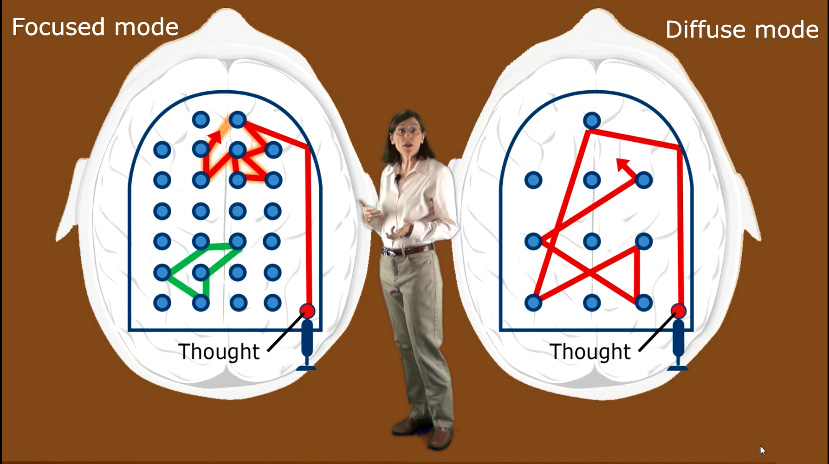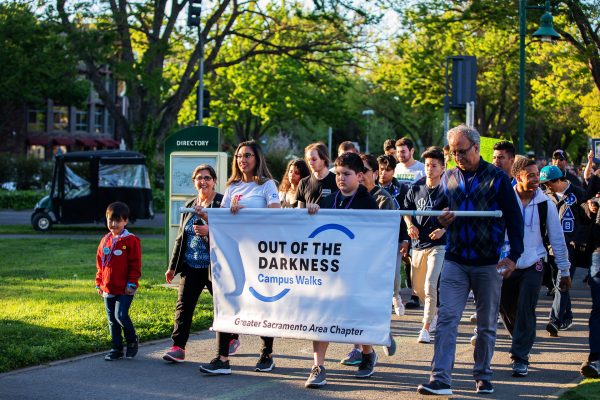SECS professor creates world’s largest online learning course
The professor using her green screen to put herself in an explanation of neural function.
Oakland University School of Engineering and Computer Science professor, Barbara Oakley, Ph.D, created the world’s largest massive open online course (MOOC). Oakley’s course “Learning How to Learn” acquired over two million students worldwide in a year. The Oakland Post sat down and talked to Oakley about her MOOC.
What is the MOOC about?
The massive open online course I teach, with Terrence Sejnowski, the Francis Crick Professor at the Salk Institute, is called “Learning How to Learn.” No surprise, it’s about how to learn effectively. The videos are short, about five minutes long, and each one is packed with practical, immediately useful insights about how you can improve your learning. Plus, the videos are pretty darn funny. The neuroscientific foundation of the course makes it very different than what most people might expect and far more useful.
What was it like for you to teach yourself how to edit videos and use a green screen?
It was scary at first to jump into the video production world. I’d never done anything with video before, I could barely hold a camera. A friend who is an inspiring professor of engineering here at OU, Chris Kobus, suggested that perhaps the best approach for the course might be to use green screen technology. I didn’t know enough to realize that green screen was considered a more advanced production technique. Truth be told, though, the technology just isn’t that hard to master, although I definitely had my share of frustration. I just watched YouTube videos to learn how to set up the studio and how to edit video. Whenever I got stuck during the video editing process, I could just ask a local high school student. The whole course cost less than $5,000, which is pretty amazing given that many online courses have been made for hundreds of thousands of dollars, yet have only a tiny fraction of the students in our course.
Why do you think adults are drawn to your MOOC?
A combination of many factors. First off, I’m not just standing there droning away in the videos, having occasional bullet points or a few illustrations come up beside me. Instead, there are great moving images—easy-to-understand metaphors for what’s going on deep inside your brain. Using the magic of Hollywood, I walk around inside these images. The quick video editing keeps your eyes on the screen whether you like it or not—it helps hold your interest. Everything you learn is immediately useful—it’s not just a boring litany of research, even though everything we discuss is based on research findings that we often allude to on screen. The neuroscience is top-notch—my co-instructor, Terrence Sejnowski, is a legendary neuroscientist. And there’s the wacky, unexpected humor popping up everywhere. Ultimately, of course, people are drawn to the course because the subject matter is very important in people’s lives. I’m just amazed that a course like this isn’t taught on a standard basis at universities and high schools. Three cheers to Oakland University that they’re starting a regular face-to-face course, ISE 1170: Learning How to Learn, that I’ll be teaching this fall.













Cheryl Rhodey • Jun 9, 2017 at 9:04 AM
Hi Cheryl,
An article about Dr. Barb Oakley. Thought you would like.
Best,
Maureen